It's taken a good amount of time to go through my photographs of my long weekend away in Milan in the middle of June. I've been super busy on the project that I am involved in, and I've been spending the long hours doing so much overtime. I am feeling a little burnt out. But, the project finished this week. So, I wanted to include my photographs of Milan that I took for my birthday trip. It was a milestone birthday this year. I've already covered a few things that I got up to, but I didn't include everything so read below for a re-cap on my birthday trip to Milan!


On the first day, I visited Sforza Castle. The castle is a museum, but it was a palace with some defenses and was seiged. I also played a game where I got to become a virtual archer to defend the castle, and you can read about that more in my post. After the castle visit, I had a wander around the gardens at the back of the castle, known as Sempione Park. It is a popular place for the locals, and I saw a lot of beautiful flowers and tortoises and lizards. There are also good views of the castle.



The monument dedicated to peace is constructed on the opposite end of the park and it was finished during the time of Napoleon. At this time, I believe France controlled this part of Italy.


I stayed in the beautiful Grand Hotel Milan (Grand Hotel et de Milan), which is located centrally and a few minutes of walking to the theatre, La Scala. I'd have loved to have seen a show, but I did not get the chance to. I had a beautiful room. The room is the Verdi Presidential Suite (named after opera composer Guiseppe Verdi), which can be reserved as part of a large multi-room suite or separately. The room contains some of the original Verdi furniture and artwork and is designed in period style. Verdi rented the room here in the bustle of Milan life, and he composed his opera 'Othello' here. He also performed on the balcony here. The room was beautiful with high ceilings and a comfortable bed.

The bathroom retained the period features of marble floor, dressing table and large sink. The staff were also friendly and hospitable, so I would stay in this hotel again and recommend it to friends.

On the first evening, I went to the Italian restaurant in the hotel called Don Carlos. The food and wine was delicious. The portions are a bit small but just enough, and I'd rather have excellent quality food than too much. This hit the spot perfectly.


On my second day, I visited the Pinacoteca di Brera Art Gallery and Lunch at Eataly (Milan, Italy) and Milan Cathedral (duomo). On the way from the hotel, we pass La Scala, the theatre. I wish I could have seen something here, but nothing was really on except for the first night and I think we would have been too shattered to enjoy it as we had a long day.

Across the road is a statue dedicated to Leonardo Da Vinci, and across from this is the Galleria, a famous arcade of shops that leads to Plaza Duomo and the cathedral.





Because there was a special event going on at the duomo, we had to return later but spent some time walking around the expensive designer part of Milan. Most of the shops were shut on the Saturday, though.


And we came to the old Roman wall, which was not far from the hotel. This is one of the only pieces of the old wall surviving, and it was reconstructed using part of the old wall with the heads and carving. The details are on both sides of the arches.

On my actual birthday (day three), the hotel became more amazing. You will see why shortly. This was the day that I had booked to see "The Last Supper" as it was the only time available during my visit. Following that, I went to the "Leonardo da Vinci" Science and Technology Museum. Then, I had a wander down to the canal, Naviglio Grande. This is a picturesque area popular with locals. There are boat trips on the canal, but we just missed one. At the start of the canal is a large gelato shop selling different flavours and options of gelato. I had pistachio, and it tasted delicious.


I loved the canal. It's too bad we could not eat here. We got something just north of the canal because I was tired of walking and had destroyed my feet in Milan.



After that, we got the tram to Saint Lorenzo church, which has an antique colonnade in front of it. Inside the church, visitors can see some of the older architecture and design and read up about the church.





I then got a birthday cake but could not resist taking some photographs of the colourful macaroons.

Back in the hotel, I cut the cake and sat down to relax the rest of the afternoon. Not long after arriving at the hotel, a street jazz musician started to play outside the balcony window and that was a perfect time to my stay. I could have sat and listened for hours to him play. I would have paid him more to play more songs.

So, this is another reason that the hotel was so good. On the evening of my birthday, after having gone out to eat and hearing the concert play in the Duomo Plaza, I returned to the room to a bottle of Prosecco and a traditional cake with raspberry and coffee-based cream. (I'm not a fan of coffee, so I scraped that bit off and had the raspberry and thin slices of pastry).


Thank you to Grand Hotel et de Milan for making my birthday day to Milan fantastic; live jazz outside the window, a bottle of Prosecco, a cake, and a nice room!

On the fourth day, I had planned a bus tour to Lake Como. The first stop was in the town Como. After that, there was a boat trip to look at the villas on the way to Bellagio. Then, we had a couple of hours to spend in Bellagio. It was all a bit rushed, though and the one day with not perfect weather.

On the fifth and final day, I had a quick look for some street art, and this consisted of more walking than I wanted to do ideally. I mis-judged distances. The below photograph is taken near the central station, which is not the nicest of places. And the above photograph shows the last gelato. I had grape, lemon and raspberry. I loved the grape.

Now, for the birthday meal on the birthday day. I wanted to cover this last. I ended up in the Galleria and I expected the food to be a tourist trap here, but actually, I found a gem of a restaurant at Galleria Restaurant and Pizzeria. A photograph of it is below, but make sure you go to the correct restaurant. This one was also popular with locals, which is a good sign. The restaurant is located on the side near the Leonardo da Vinci statue, and if the statue is behind you, the restaurant is on your right-hand-side.

We had little traditional tasters to go with the main meal. The one below was a rice ball with batter and tomato but I don't know the traditional names. We had a selection of bread and tomato bread.


I had vegetable soup to start, which is a little different than I am used to. The both was watery compared to thick, but that's the way it is in Milan.


I had chicken, and these were served with the most delicious potatoes. I am not really a fan of potatoes, but these were spot on perfect. And the chicken was tender and tasty as well.

Bloke had veal, a traditional Milanese dish.

My dessert was a wild strawberry tart, and it was delicious and came with a candle.


We also got some extras on the house, including miniature ice cream bars covered with chocolate. These were so good.

And a glass of Lemoncello with little pastries. These all tasted amazing too.


While we were eating, we were sat outside in the Galleria and could hear the wonderful classical music concert play in the plaza. It sounded amazing. This attracted huge crowds, so we couldn't have gotten close if we wanted to. But although we were in the Galleria and the acoustics were not the best, it still sounded amazing.

And that concludes my trip to Milan. So do check out the gems I mentioned - the Grand Hotel et de Milan hotel and also the Galleria Restaurant. Let me know if you do go!

































































































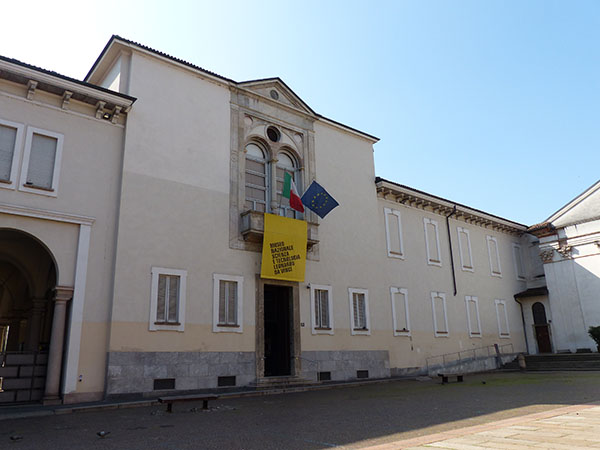
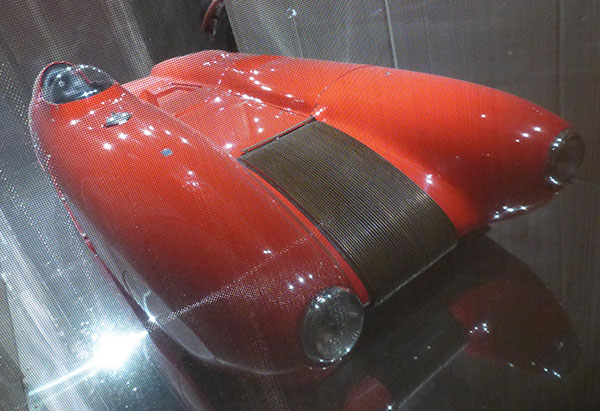

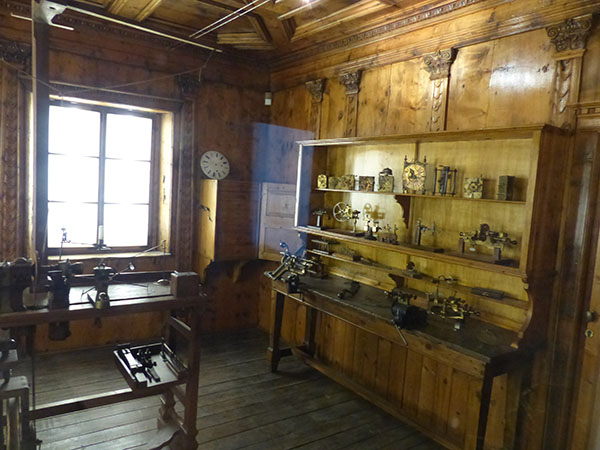
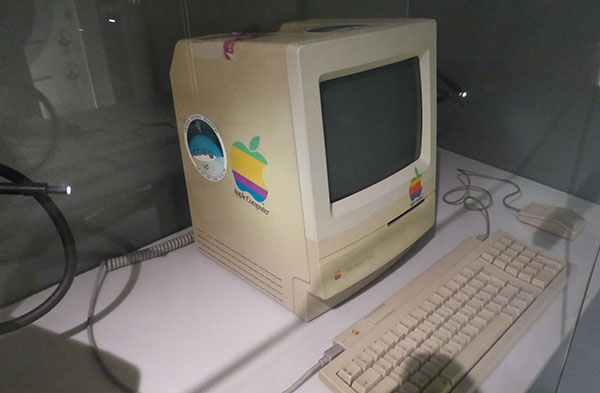
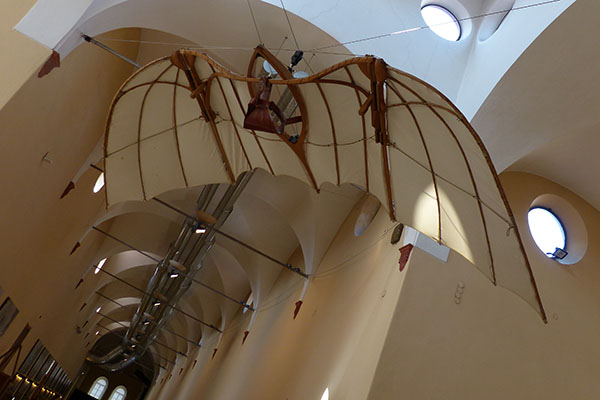
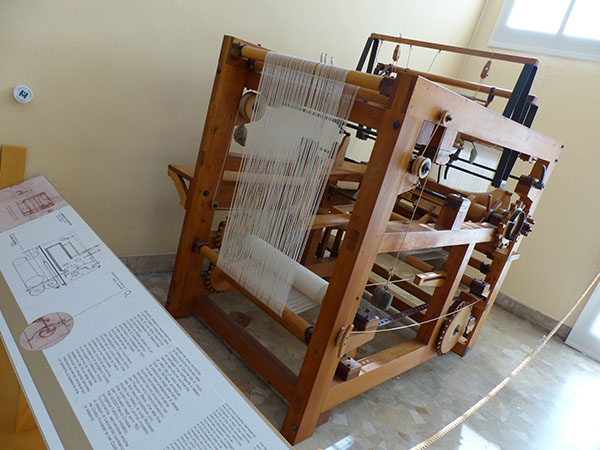
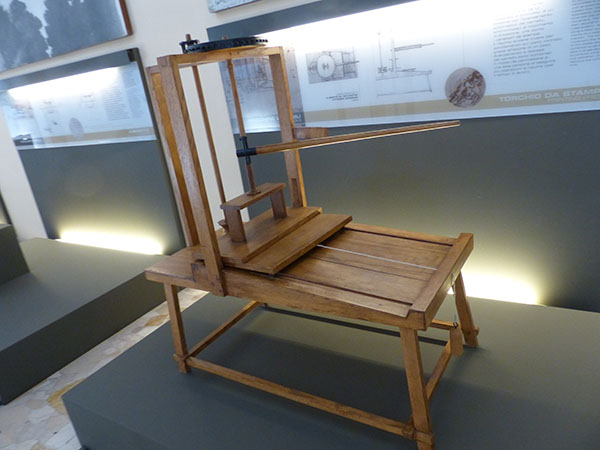
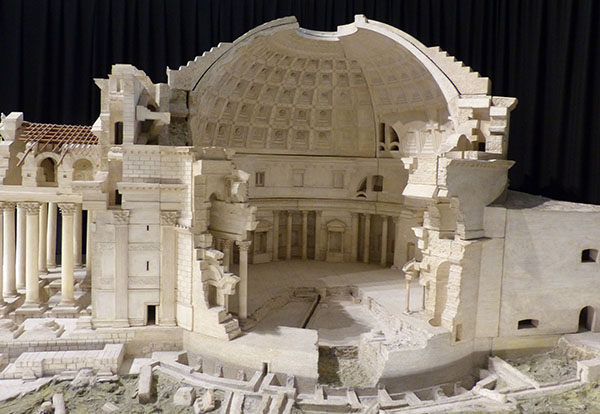
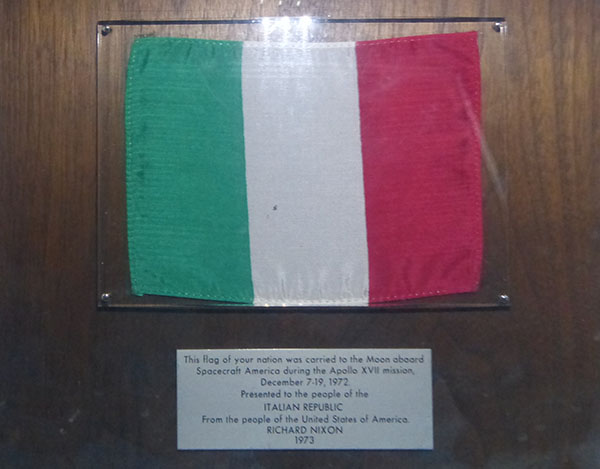
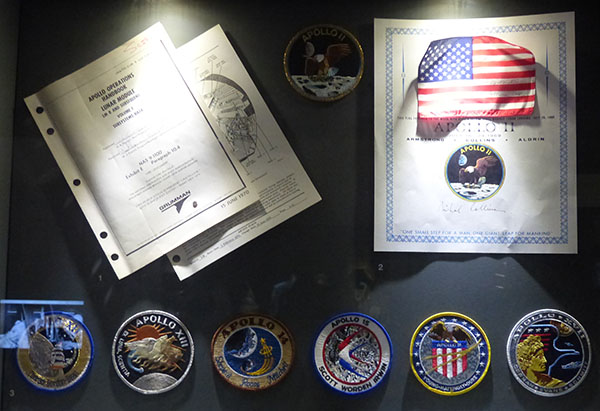
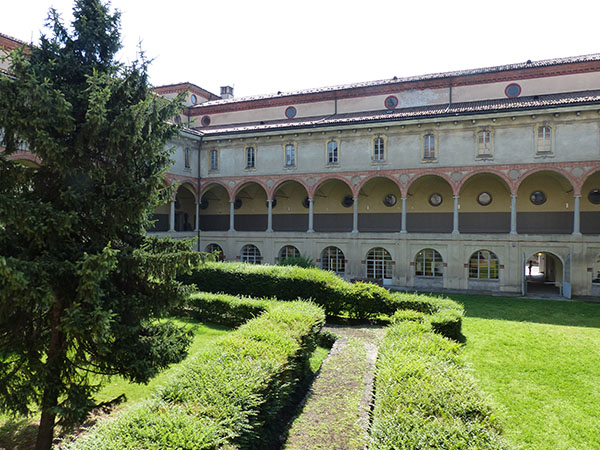
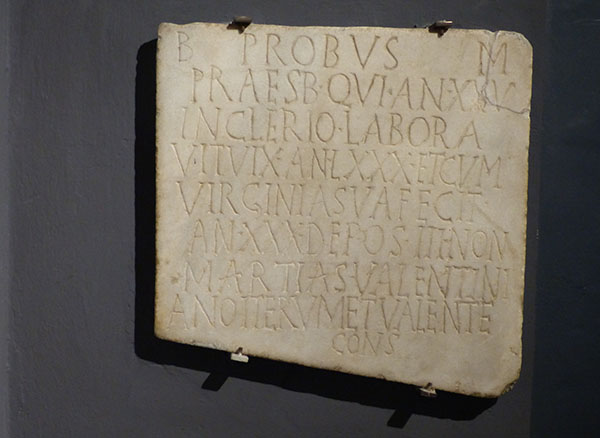
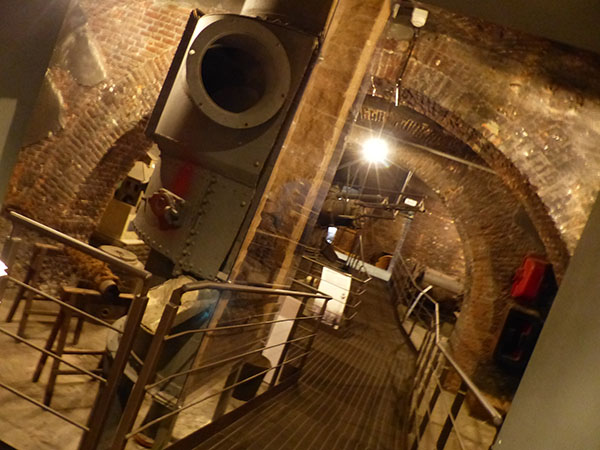
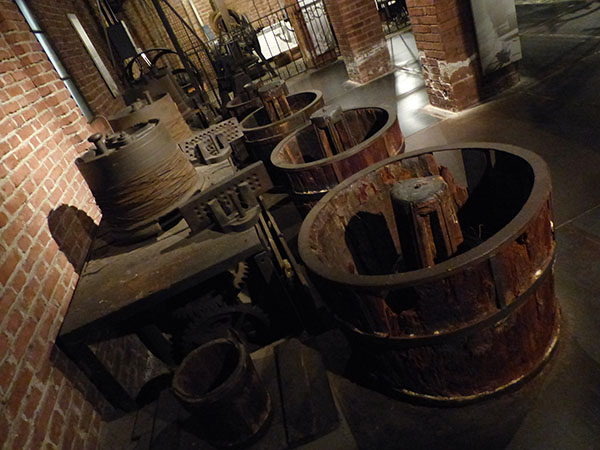
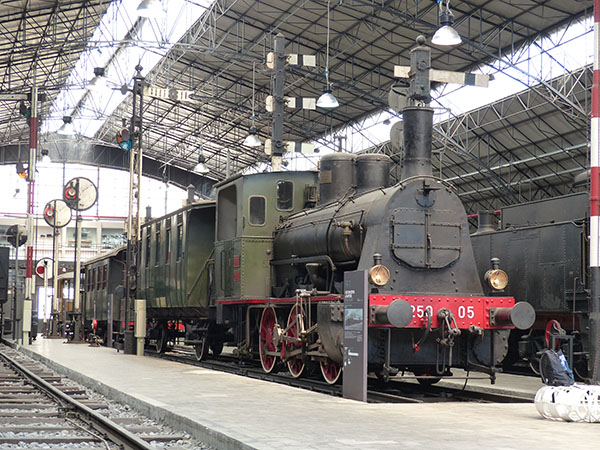
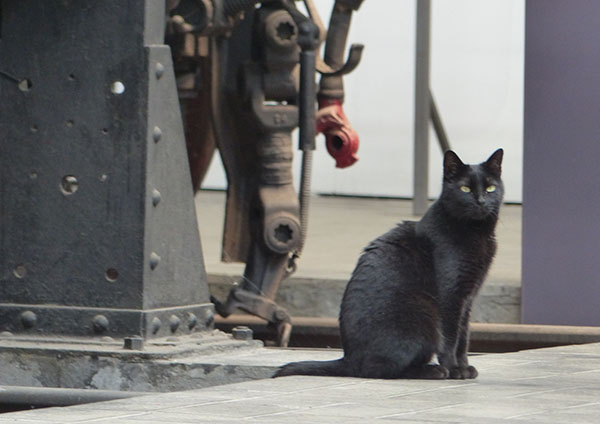
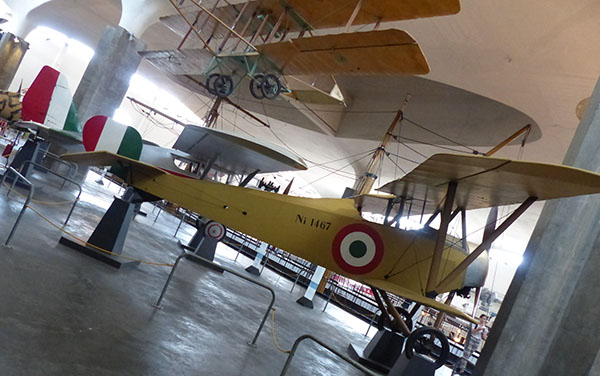









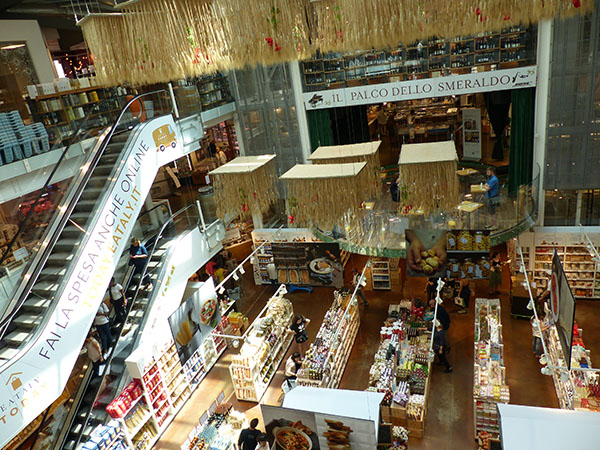
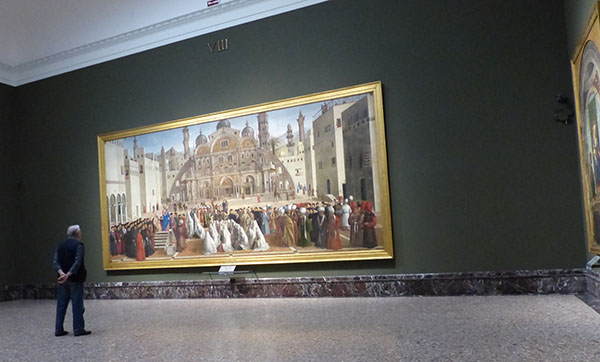
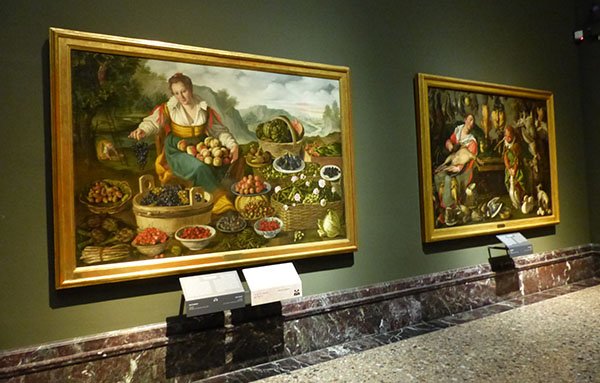
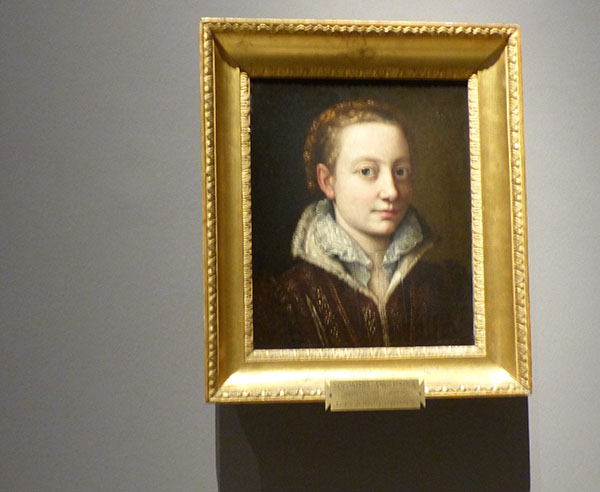
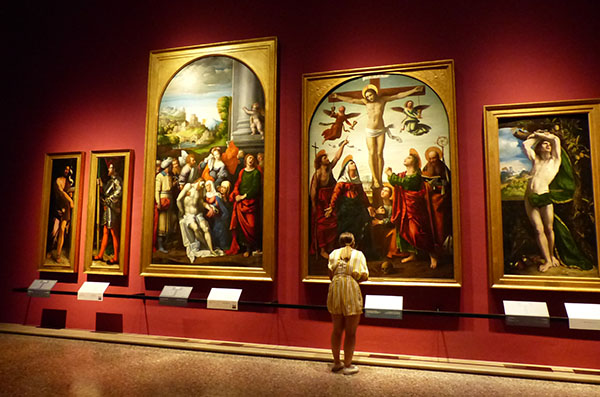
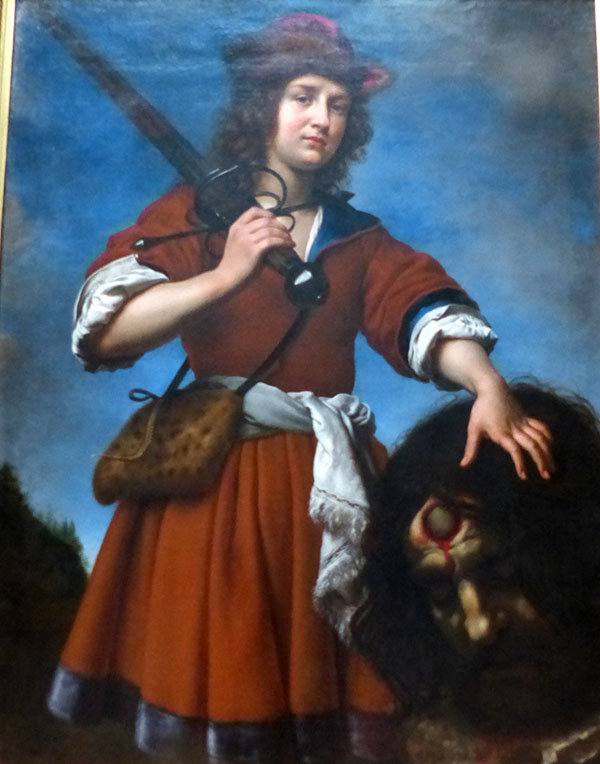

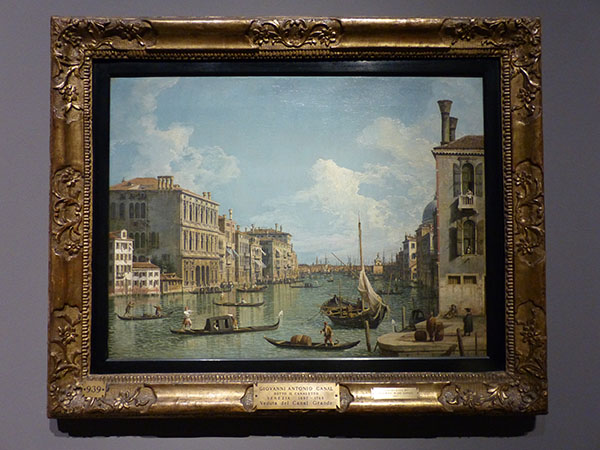
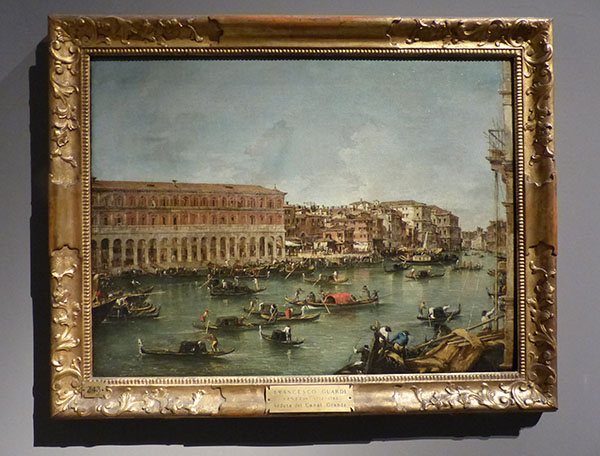
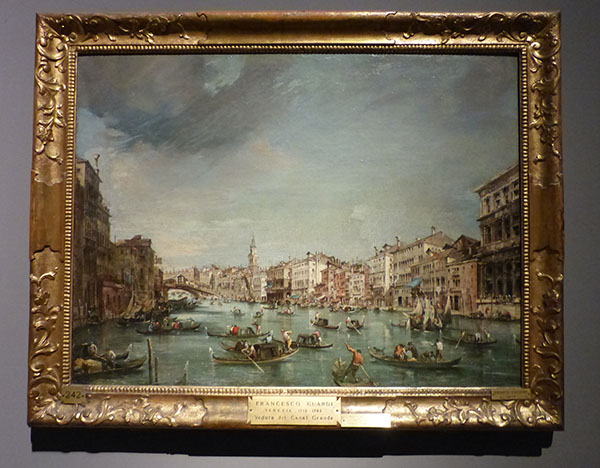
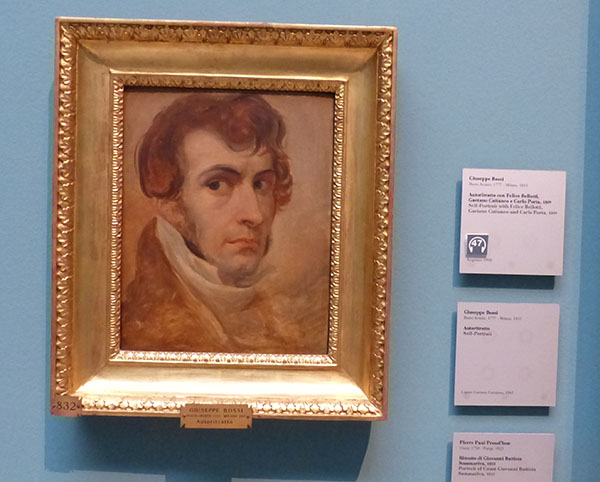

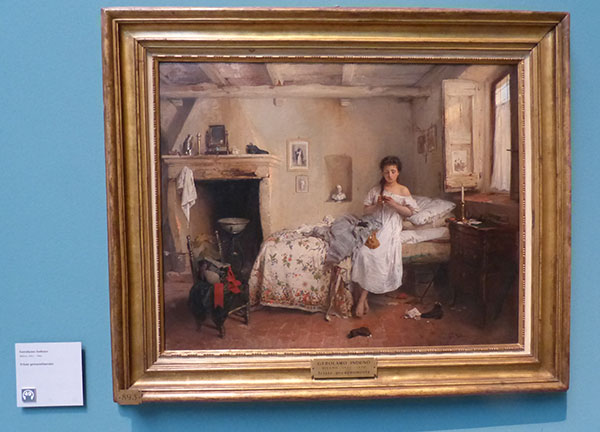
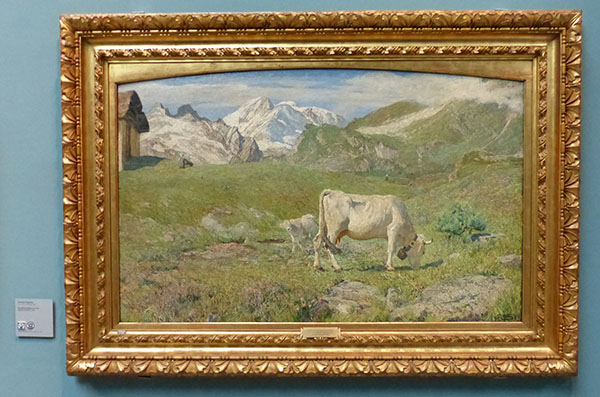

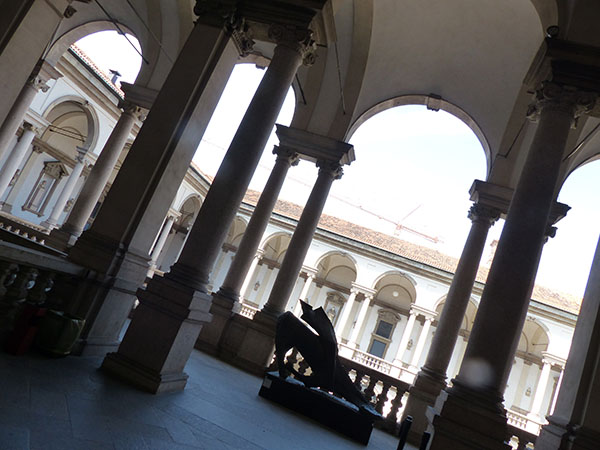
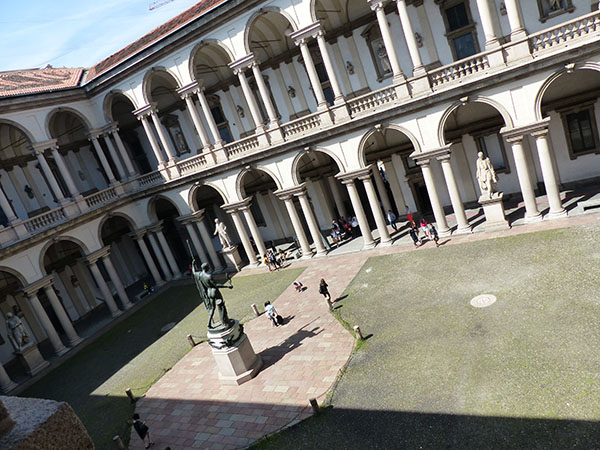
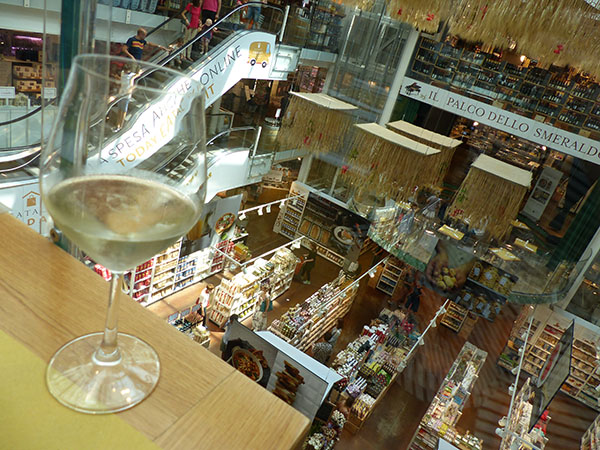

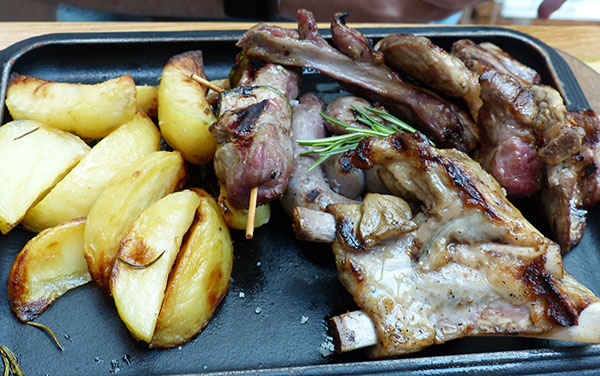


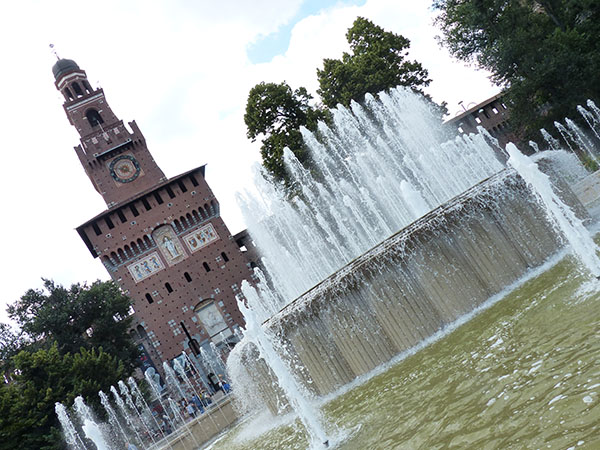
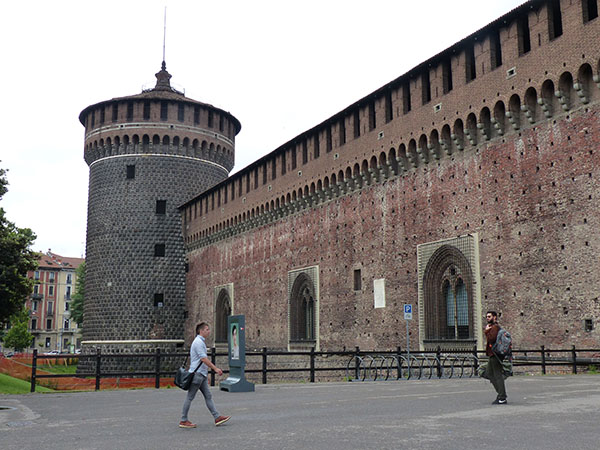

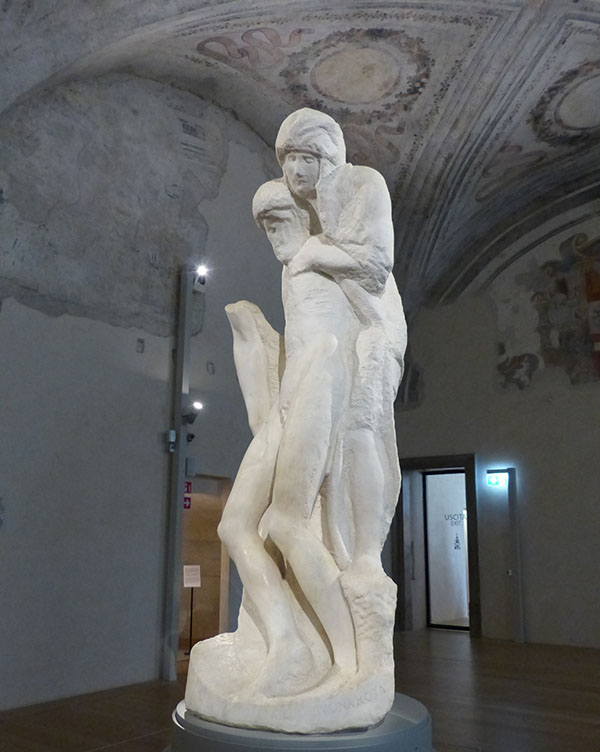

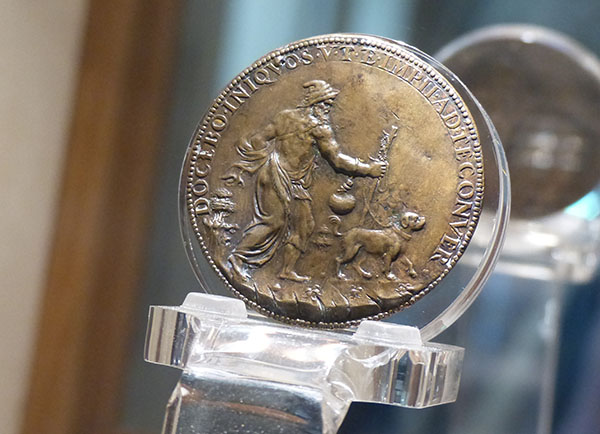
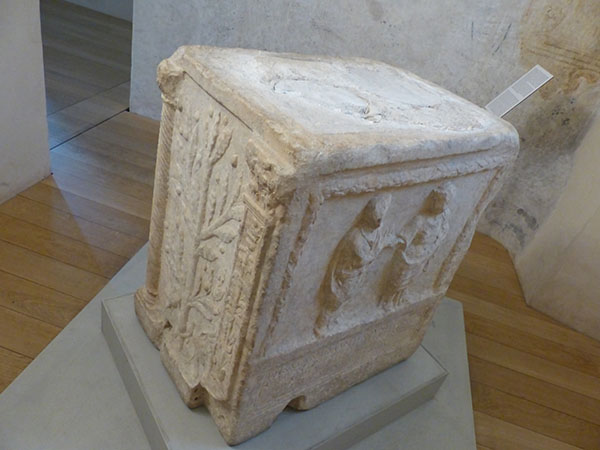
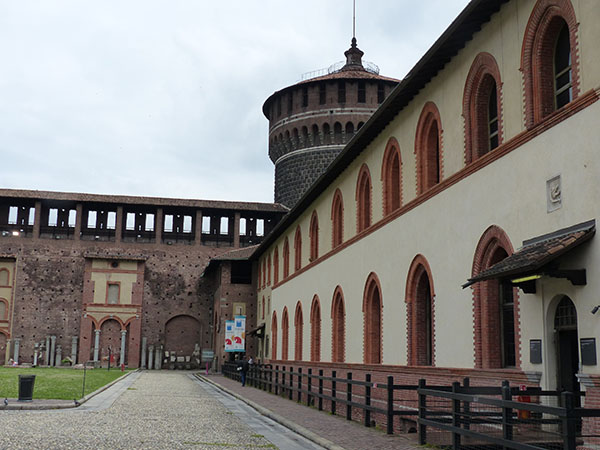
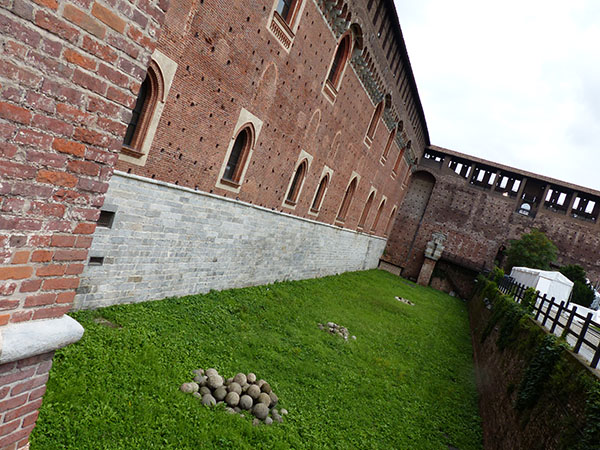
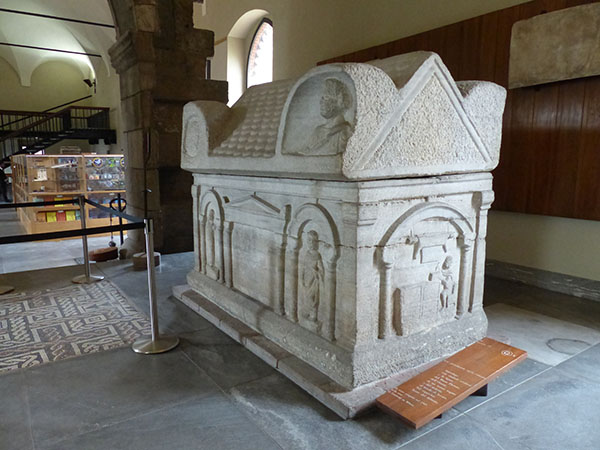
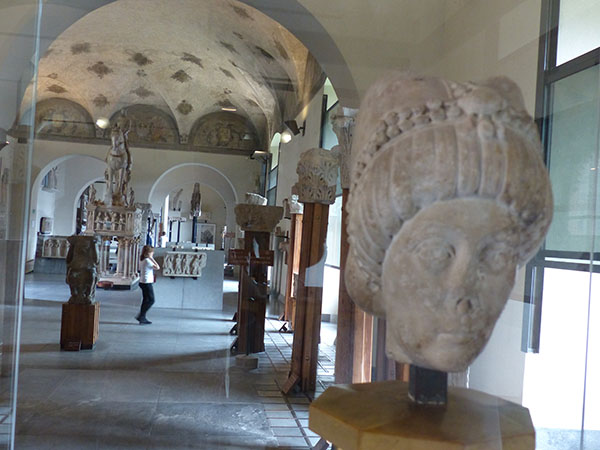
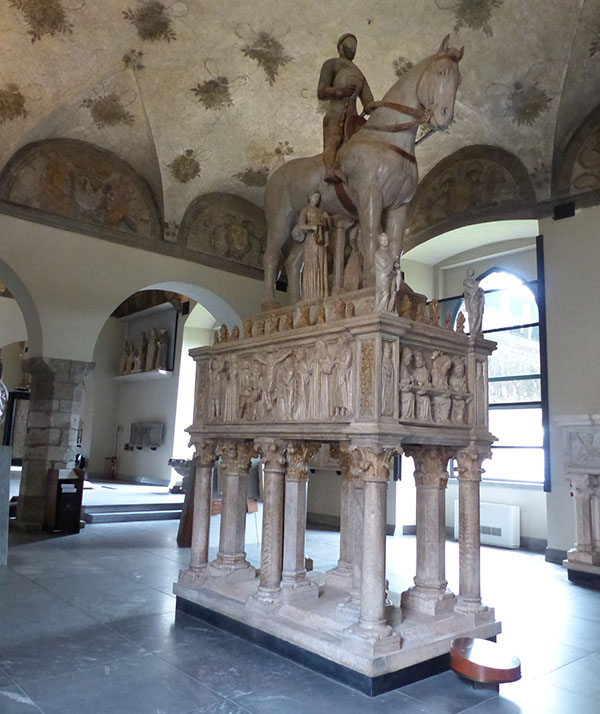

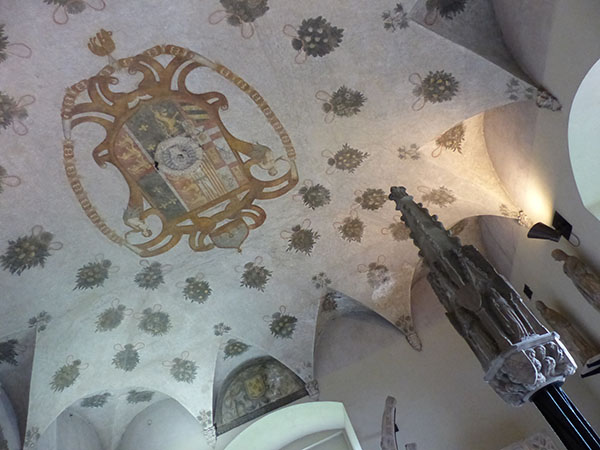
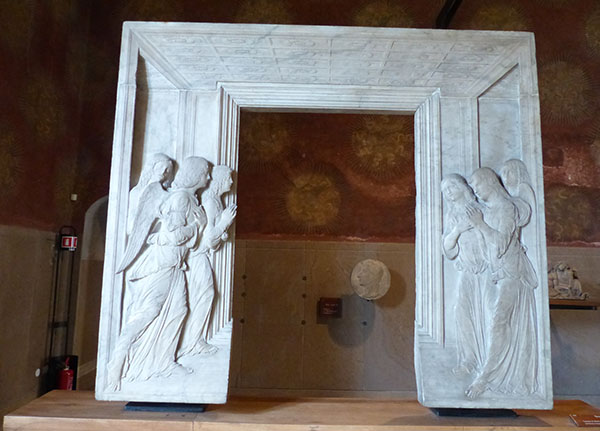
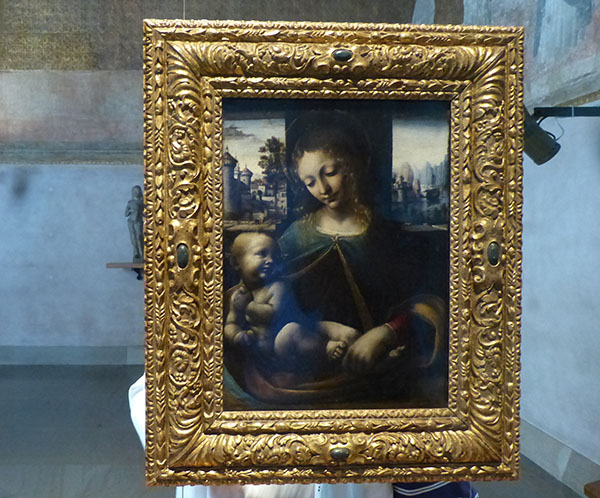
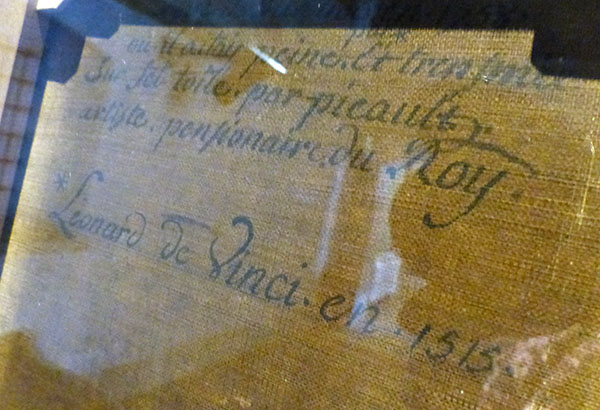
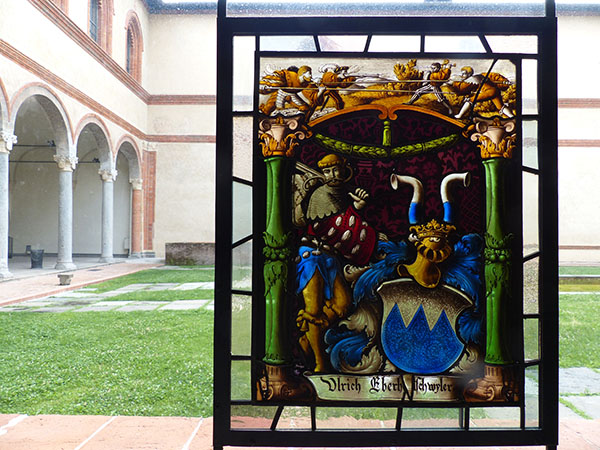
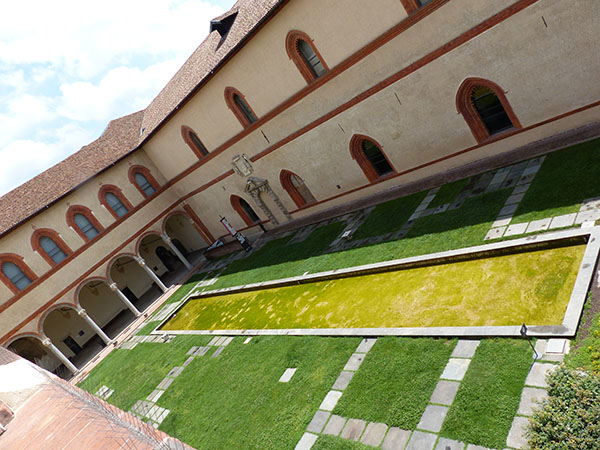
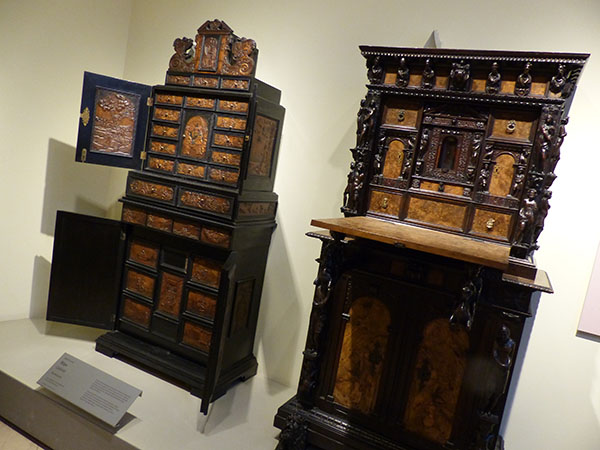
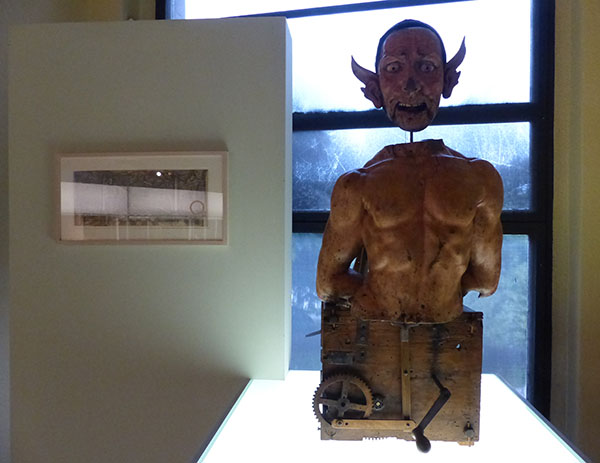
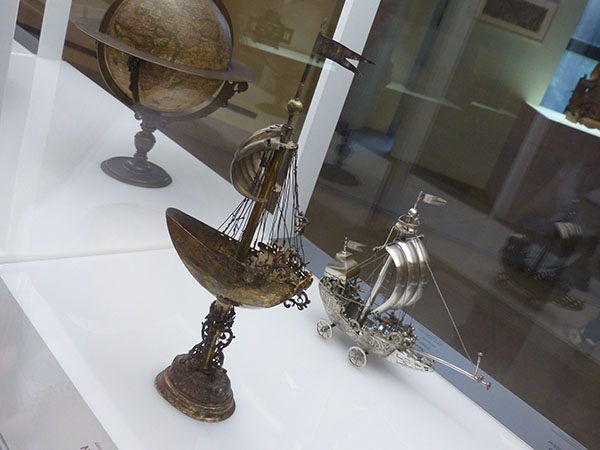

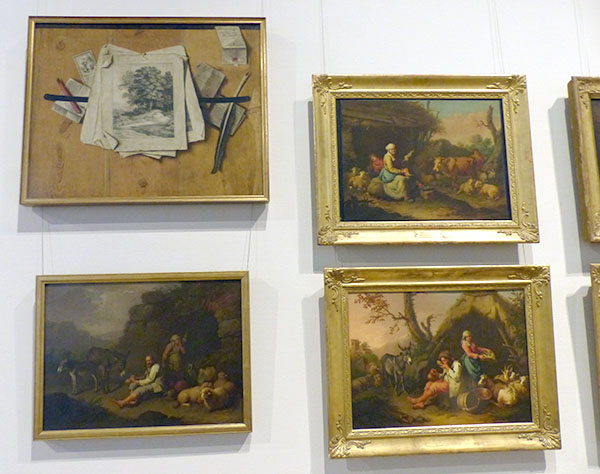
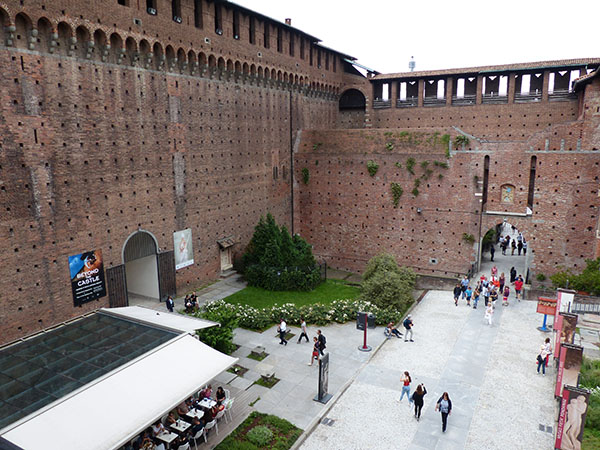
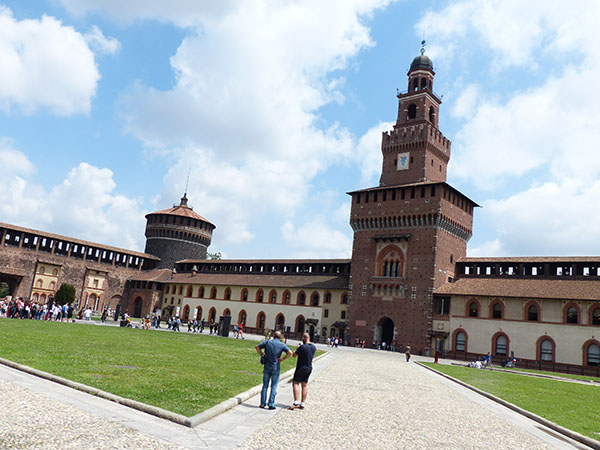
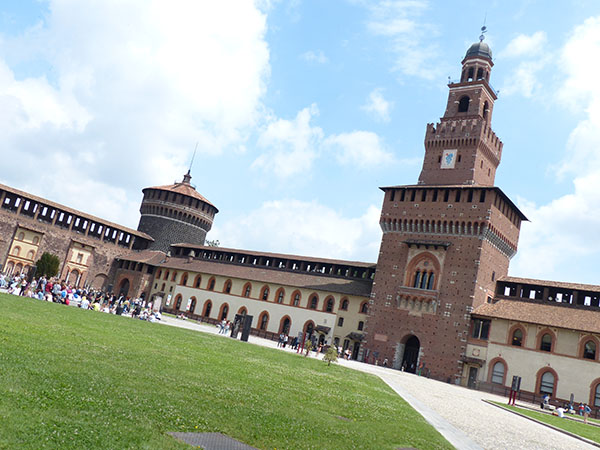
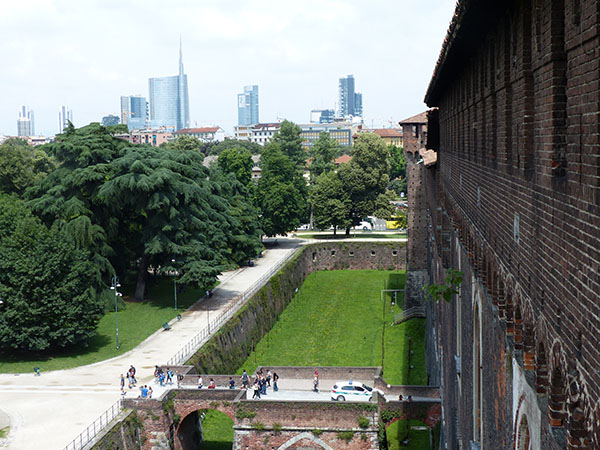
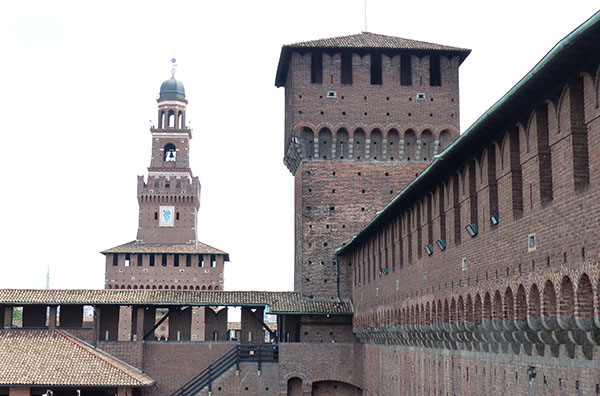
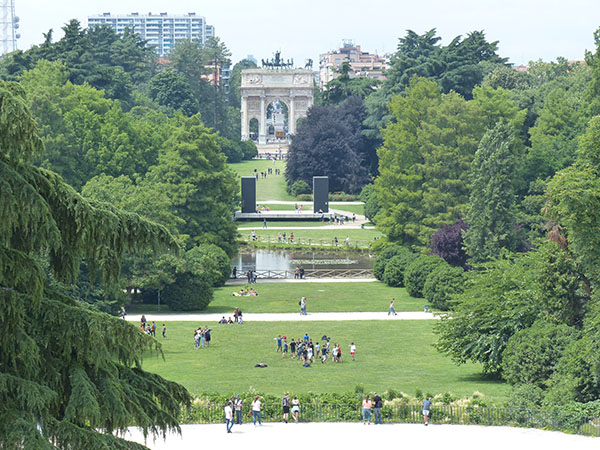
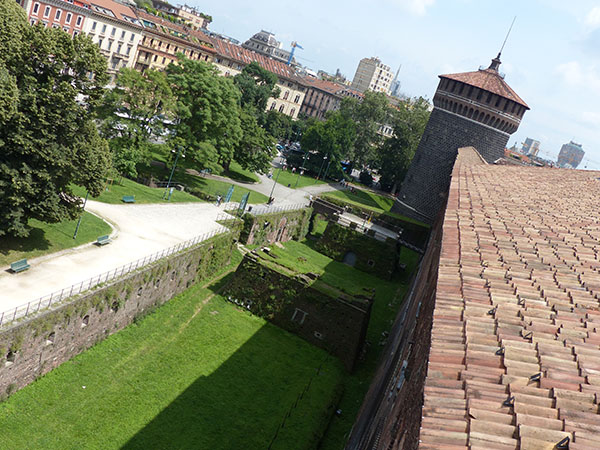

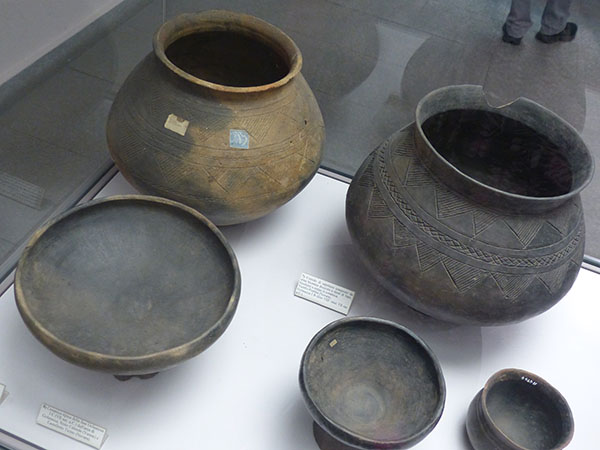
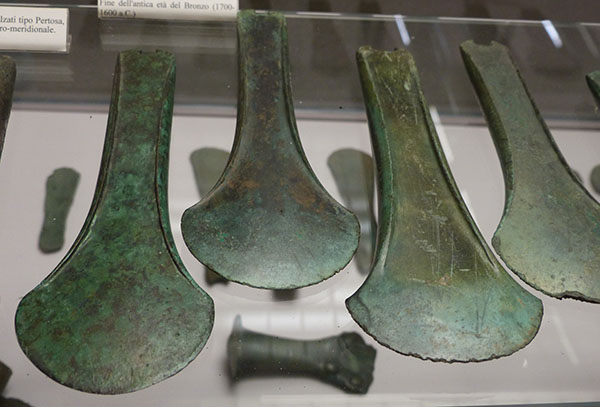
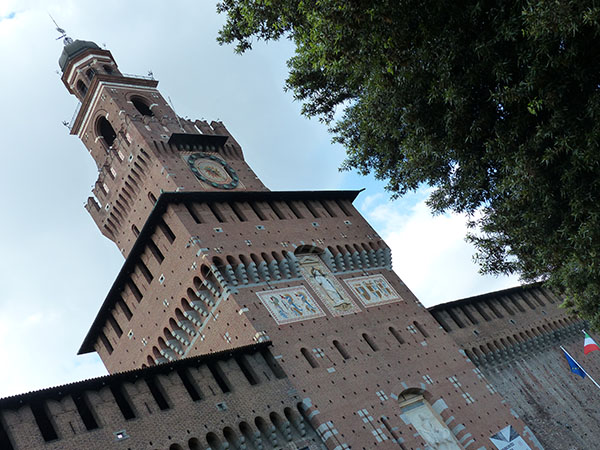
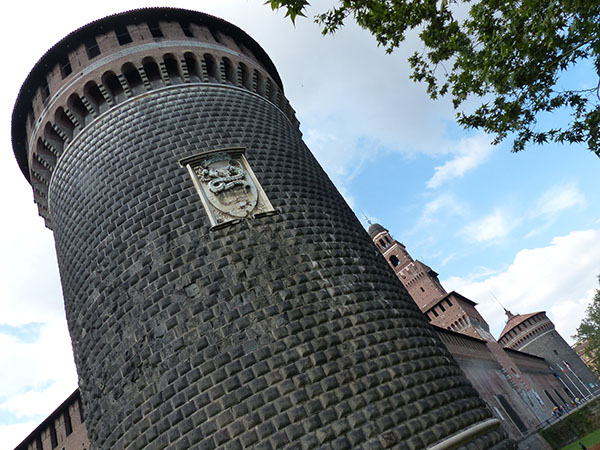
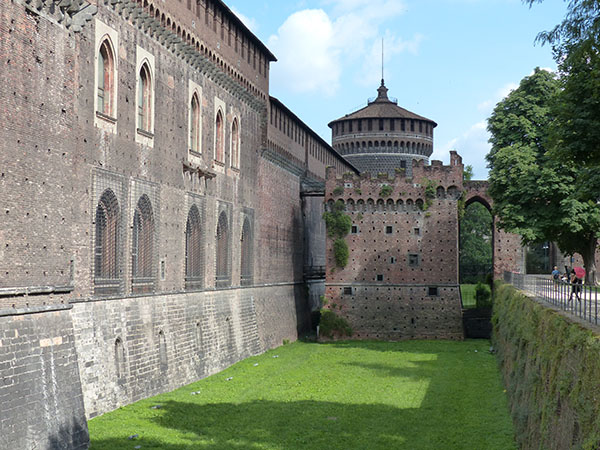






























Recent Comments